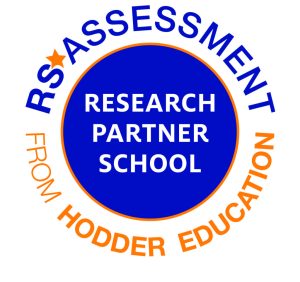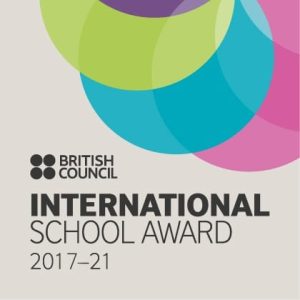Long Term Plans
You can view our long term geography plan to see what is taught in each year group;
Geography Long Term Plan
Restart Geography Long Term Plan 2020-2021
Geography in Action at Dean Bank
Spring Term Geography Overview – 2021
During Spring term, children have been developing our geographical knowledge and skills – learning both at home and in school. Take a look at what we have been up to:
Early Years – Transport, Places, Growth and Change.
Children in Early Years have continued to develop their understanding of the world.
Whilst learning at home, children noticed and explored seasonal changes and events, explored their community and features within the community whilst also following and building on their own interests. This means that they have explored, investigated, discussed and expressed curiosity about their local community and their own places of interest, the wider world and important events to both themselves and others.
At School/Nursery, children have continued their learning through stimulating their senses and exploring the natural environment – digging, planting, searching and discovering.
Year 1 – What is my place like? –
Year 1 have learnt about their local area of Ferryhill and surrounding towns/villages, as well as learning about places that are further away. Children have developed their subject specific vocabulary, including learning about reading basic maps, the meaning of an address, street, post code and town, as well as other geographical place terminology.
Elsie: “I live in the house with green on the door. People would use a car to get to my house, or a bus”.
Sophie: “The town that is here is where my house is, with my number on the door. The paper map would say where the person is. My mum lives down the road, in a different village”.
Year 2 – Why is my world wonderful? –
‘In our geography lessons in Y2, the children have been developing their knowledge and curiosity about the world. We have focused on being able to identify the 7 continents, 5 oceans and some of the major mountain ranges of the world. We have introduced the idea of the Equator and found out about some of the human and physical landmarks of the world, using the key vocabulary for geographers to describe their location. The children have used video clips, aerial photographs, maps and online atlases to support them with their learning.’
Kieran: “There are some mountains – the rocky mountain is in South America and there’s Mount Everest. South America, North America, Europe, Africa, Asia are some of the continents”.
Year 3 – UK Discovery – is the UK the same as everywhere? –
The focus in Year 3 this term is cities. Year 3 have been looking at the population of various cities, as well as the physical and human features of geography, including hills, coasts and rivers.
Jessica: “In other places they have different languages. When we went to holiday, we went to Europe. Europe is a continent that has loads of different places”.
Archie: “Makaton is the same, that’s a different language. You can get episodes in a different language too. Oh, on this side of the earth is a different time too!”
Year 4 – What can we discover about Europe? –
Our geography topic this term is to look into places, people and features of Europe. Year 4 have explored and uncovered interesting facts about Europe and places you will find within the continent. The focus of this term is land use, key human and physical features, and locations.
Here are some examples of the work children produced whilst continuing their learning at home.
“The Volga is the longest river in Europe but people worry about the pollution. It is used for transport and carrying goods”.
Year 5 – Where has my food come from? –
Year 5 have looked into the origins of key foods. Children explored trade links, the farming industry, natural resources, employment and thematic maps.
Mia – “The food comes from farmers who grow it. The fruit and vegetables get cleaned then it gets packed, goes to the shop then we buy it and eat it. The animals get cleaned too, then packaged and sent to the shops for people to eat”.
Lewis – “Food can come from this country but it’s very rare – our weather is bad here so it comes from hot countries like Greece, like raisins – they get dried out. The farmers need seeds and rakes and shovels but they need to be big for the ones that grow underground, like carrots”.
Here are some examples of the work children produced whilst continuing their learning at home.
Year 6 – Fantastic Forests – Why are they so important? –
This term, Year 6 have been looking into vegetation, biomes and forest types. The focus of our topic this term includes world maps of different types, biomes and different types of forests, rainforests (with a South American case study) as well as data collection and presentation tasks.
Layla – “Forests are important because they give you oxygen to breathe and live but they give you paper and wood too. They give habitats and resources to animals. There’s the Amazon Rainforest but there was a wildfire which destroyed the habitats and the resources. They could rebuild but it would take a long time and they’d need lots of water and resources”.



















